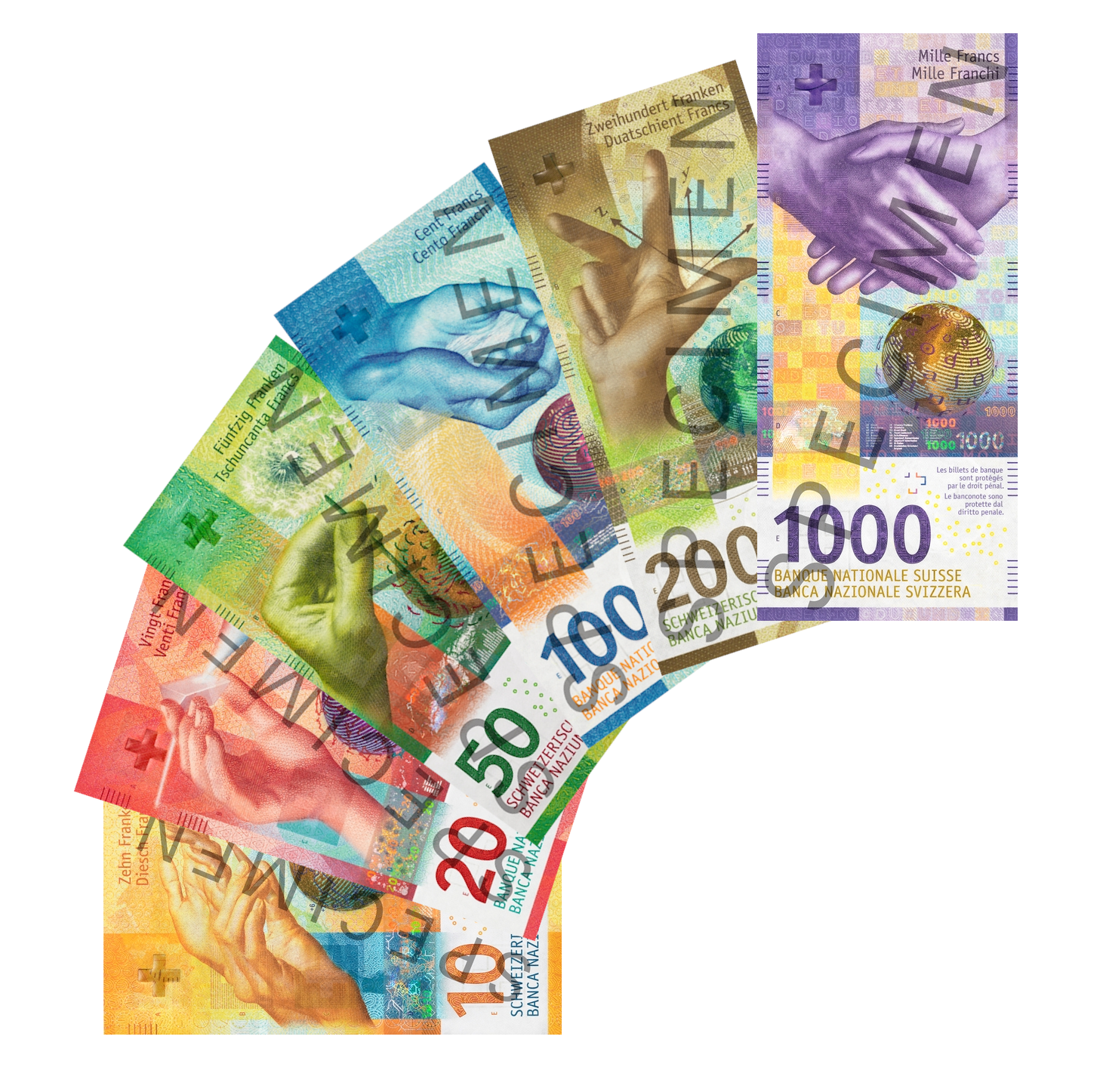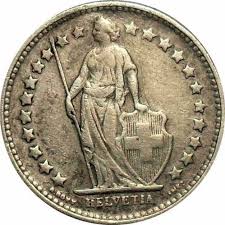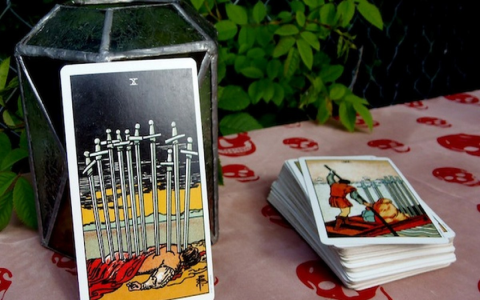Well now, let me tell ya ’bout this here Swiss currency business. It ain’t a thing folks like me usually talk about, but it’s mighty interestin’. Now, back in the old days, in 1921, somethin’ big happened for a small country called Liechtenstein. You see, before then, Liechtenstein had been usin’ the Austrian krone, a sort of money that folks used in Austria and some other parts of Europe. But that Austrian krone started to lose its value—things just weren’t lookin’ too good for it. So, in 1920, Liechtenstein decided to make a change.
They swapped their krone for the Swiss franc, which was a good move, I reckon. The Swiss franc, introduced way back in 1850, had become a stable and reliable currency. Even though Switzerland had its own money, Liechtenstein, a tiny little place, saw the benefits of usin’ Swiss francs. Not only did it help with their economy, but it also meant that they were startin’ to work closer with Switzerland, like a partnership of sorts.
Now, let me tell ya, it wasn’t just about the money. They also made a deal with Switzerland to join their economic space. In 1923, this became official when Liechtenstein signed the Customs Union Agreement with Switzerland. It meant that their economies were even more closely tied together. This was a good thing, especially when you’re a small country, ya know? Ya need all the help ya can get.

The Swiss franc became their currency for good after 1921, when they officially started usin’ it. Before that, they had their own Liechtenstein krone for a while, but it didn’t last long. Once the Swiss franc came in, things settled down, and folks could count on their money again. It wasn’t just about having some pretty coins and bills, either. It was about makin’ sure the country’s economy could stand tall next to the bigger ones.
So, why did they go with the Swiss franc, of all things?
- First off, Switzerland was already a stable country with a solid economy.
- Secondly, the Swiss franc was widely accepted, which made trade easier for Liechtenstein.
- Lastly, both countries shared similar values, so it made sense to work together.
It wasn’t just about money, it was about trust. Both Switzerland and Liechtenstein were lookin’ out for each other, and that helped both countries to thrive. Liechtenstein may be small, but they sure knew how to make smart decisions.
Now, if you’re wonderin’ what other countries use the Swiss franc, I can tell ya it’s not just Switzerland and Liechtenstein. There’s this little place called Campione d’Italia, right there in Italy, but it’s actually a part of Switzerland’s currency space. They also use the Swiss franc, too. Ain’t that somethin’?
So, to sum it all up: In 1921, Liechtenstein made the wise choice to start usin’ Swiss francs. They replaced the Austrian krone, and their economy got a whole lot stronger for it. By joinin’ up with Switzerland in a Customs Union, they formed a stronger bond and made sure their money had value. It was a good thing for both countries, and it’s still that way today.
And that’s the long and short of it. You see, sometimes the best decisions are the simplest ones. Just like when you swap out your old shoes for a new pair that fits right—you gotta do what’s best for ya, and that’s what Liechtenstein did with their currency!
Tags:[Swiss franc, Liechtenstein currency, Swiss economy, 1921, currency exchange, Swiss currency adoption, European currencies, Austrian krone, Customs Union, Swiss francs history]


